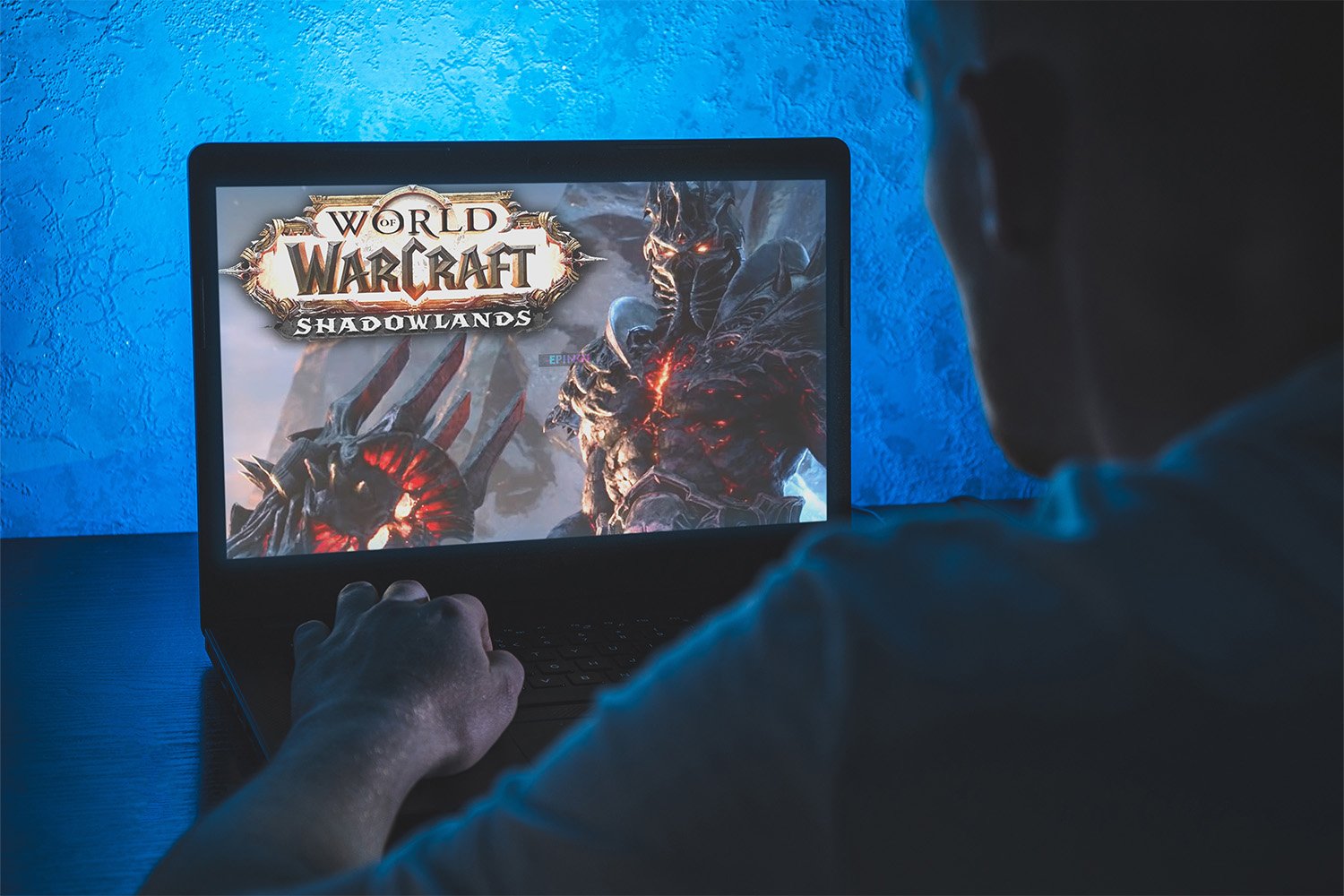Types of MMO Games
Online gaming has been a staple of video games ever since its inception, and nothing does online gaming at a grander scale than MMOs.
Also known as MMOGs or Massively Multiplayer Online Games, these titles can connect hundreds or thousands of players in the same game world at the same time.
With such scale inevitably comes challenges, including lag, server issues, and even the manipulation of game rules and real-world scandals.
Nonetheless, MMOs have thrived through the decades, with some of the most popular video games of all time falling in this category, most notably World of Warcraft.
Today, our WTFast gaming experts are taking you on a journey through the world of MMOs.
We’re breaking down what it means to be an MMO, what types of genres fit this type of game, and which games you should consider joining today. We’re also covering common issues in MMOs and how to optimize your MMO gameplay!
There’s something here for veterans and new gamers alike, so let’s get started.
What Is an MMO?
MMO stands for Massively Multiplayer Online Game.
MMO isn’t a genre per se. Many different video game genres can be worked into an MMO format. Ultimately, MMO is just a categorization added to a game when it meets certain criteria.
MMOs may overlap with adventure games, puzzle games, real-time strategy games, and more, so finding one clear definition can be difficult. These criteria aren’t written in stone, so you’re often going to find that the way certain games are labeled varies on a case-by-case basis. Even games for PlayStation and Xbox game consoles like EverQuest Online Adventures, Phantasy Star Online, and Final Fantasy XI are generally considered MMOGs.
In many ways, the criteria are as much about vibes as they are about quantifiable metrics. That said, our list of criteria below should help you understand how an MMO is set apart from other online games.
What Criteria Qualify a Game as an MMO?
Generally, games that are widely accepted as MMOs have a large player base, a persistent world, an in-game economy, and RPG elements.
Player Base
The central aspect of an MMO is the truest to its name. A game should host a huge number of simultaneous players — typically in the hundreds or thousands — on the same server. This provides a level of social interaction that can be difficult to replicate in single-player games.
There’s definitely some debate around the number of players a game needs to host at once to count as an MMO.
Does an MMO with a small player base still count as an MMO? How about online games such as MOBAs or Shooter games where players involved can range from 10 to 30?
There is no exact standard for the number of players that distinguish an MMO from a normal online game, but many agree it sits somewhere around 50 or 100.
This means that online games like League of Legends or Battlefront 2 aren’t going to count as MMOs by most standards, but a game like Fortnite might for some.
Persistent World
What better way to host a vast population of players than with a large, persistent world?
A persistent world is a world that all players share and which remains largely the same for all players, sometimes depending on their level of progression.
A persistent world is often an open world, meaning players can explore wherever they please instead of being limited by a single track of progression through the game or story.
This type of environment is especially suited for combination with RPG elements, which is a big reason why most MMOs are also RPGs.
In-Game Economy
Though it isn’t strictly a requirement for a game to be an MMO, an in-game economic system is typically present.
Players earn currency through gameplay, achievements, or sometimes microtransactions, which are in-game purchases using real currency.
With this in-game currency, players can purchase all sorts of things: gear, passes into certain areas or game modes, cosmetics, and more.
RPG Elements
As you may have noticed, elements of RPG games are popping up everywhere. That’s because an MMO and an action RPG usually have a lot in common. Most of the MMOs that have succeeded are MMORPGs, so their success has shaped the nature of MMOs in many ways.
Roleplaying games are distinguished by the player’s control of a character that they can customize and progress over time.
Typically, this includes gaining experience, reaching new levels, acquiring and equipping gear, customizing your abilities or statistics, and more.
In MMORPGs, players can often buy “houses” or similar areas to call their own and further customize. They can even acquire pets or NPCs (non-player characters, controlled by AI) to accompany their main character.
Types of MMO Games and Famous Examples
The MMO category can apply to many different game genres. Let’s take a brief look at each below.
MMORPGs
MMORPGs are the quintessential MMO, having gained the most popularity and largely shaped the title of MMO itself.
MMOs can even trace their origins back to RPGs, with forum-based MUD (Multi-User Dungeons) games being some of the most significant inspirations for the first MMO games.
The most popular MMORPGs are also the most popular MMOs of all time. Blizzard Entertainment's World of Warcraft is a household name and has hugely influenced the games that followed it, such as Elder Scrolls Online, one of the most popular MMOs today.
Other games such as Runescape, Star Wars: Knights of the Old Republic, Guild Wars, and Club Penguin are similarly well known and influential.
MMOFPS
Second to MMORPGs are MMO First Person Shooter games.
These games typically share some RPG elements, but the focus of gameplay and progression is on real-time, first-person shooter combat. Meanwhile, most MMORPGs focus on character stats, gear development, and storytelling.
Of course, those elements exist in an MMOFPS. However, the most important aspect of an MMOFPS is a player’s skill, and the central part of gameplay is pitting that scale against other players or the environment.
A great example of an MMOFPS is Destiny 2, one of the most popular MMOs today!
MMORTS
RTS or Real-Time Strategy is a game genre that focuses on managing multiple facets of strategy in a challenge or competition format. This typically resembles commanding troops around a battlefield, often coupled with real-time city or base management.
RTS games can be MMOs when a large-scale persistent world is involved. This isn’t the most common form of MMO, but it warrants mention, especially with games like Age of Empires Online making a noteworthy impact.
MMO Simulation Games
Simulation games are also a great fit for the MMO style. Simulation games are all about letting players interact with a simulated environment, so expanding this concept into a massive, persistent world with many players makes sense and works well.
Popular MMO Simulation Games include The Sims Online and Lord of the Rings Online.
Common Issues in MMO Gaming
While MMO gaming presents some of the widest opportunities in gaming for self-expression, socialization, creativity, and rewards for time invested, there are plenty of downsides to the experience.
Many of these downsides are infamous whether or not you play MMOs, like lag.
Lag
Lag is any kind of irregular delay in your gaming. This typically occurs in online games due to internet connection or server problems. With the amount of data going to and from an MMO server, lag will inevitably occur.
Thankfully, modern technologies have advanced so that most large MMO publishers can create powerful servers that can withstand the amount of activity that comes their way.
That doesn’t eliminate all lag, though. Consider using a wired connection if possible and a GPN to reduce your lag as much as possible.
GPN’s are the best way to ensure a fast and smooth connection. With our WTFast GPN, you won’t have to worry about any security measures put in place by an MMO to prevent hacking or botting (as you might with a VPN).
Gold Farming
Since many MMOs are built around an in-game economy, and MMOs tend to attract players that are extremely dedicated to their success in the game world. This has led some people to seek every advantage available to them.
Unfortunately, in some cases, that advantage comes from spending real-world currency to buy in-game content, currency, upgrades, or even cosmetics.
These “gold farmers” set up numerous accounts played by bots — or even played by humans in some cases — and have them repeatedly accomplish tasks that earn currency.
The process of doing so is known as “grinding.” Unfortunately, grinding is common in many MMOs for players who want to “get rich.” Some people bypass the need to grind or get better at the game by simply spending real-world money to buy the currency earned by the bot accounts set up by these “gold farmers.”
Even with modern technology, games can only do so much to catch and ban gold farming accounts. In some cases, publishers may not even care to, as it does bring more activity to the game.
Addictive Nature
Because so many MMO games rely on long-term investment, these games are often designed to hook you and keep you.
This may sound great if you’re looking for a game to sink hundreds of hours into, and there is absolutely nothing wrong with that!
Unfortunately, studies have found that many of these mesmerizing game mechanics inspire addiction.
As long as you play MMOs while being aware of this potential and cautious about avoiding addiction, you’re set to find great enjoyment through the investment you put into the games and the rewarding memories and experiences that come out of it.
Conclusion
Thankfully, the upsides of MMOs far outweigh the downsides, especially when you let WTFast’s GPN serve as your secret weapon to take out lag once and for all.
MMOs are an excellent type of game to get into if you’re thinking about getting into gaming, want something to truly invest in, and are looking for community.
For more informative guides and helpful services, keep coming back to WTFast!
Sources:
Massively Multiplayer Online Role-Playing Game (MMORPG) | Techopedia
Ranking The 15 Best MMORPGs Of All Time | The Gamer
What We Know About Massively Multiplayer Online Role-Playing Games | NCBI


